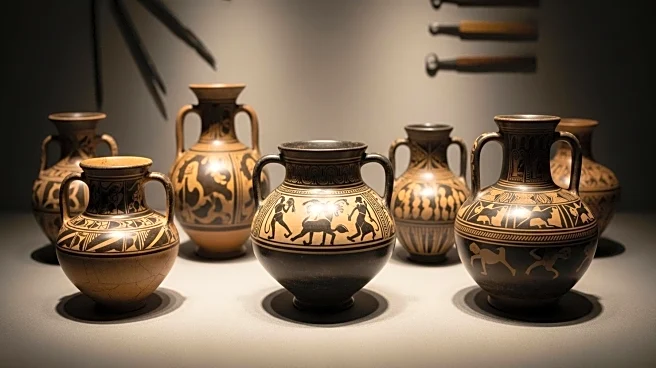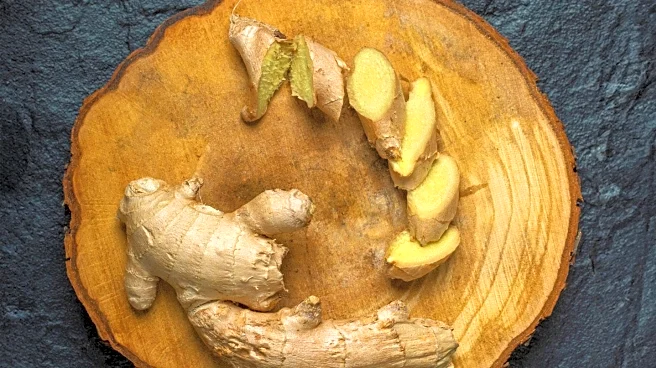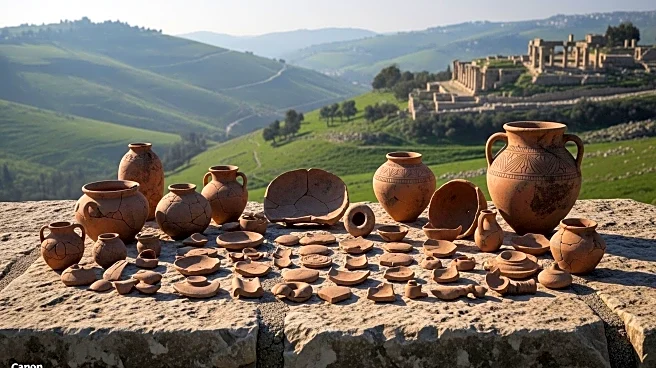Pottery artifacts are invaluable in the study of ancient civilizations, providing a window into the past. These artifacts, often found in archaeological sites, offer insights into the
daily lives, cultural practices, and technological advancements of ancient societies. Pottery is durable, and its fragments can survive for thousands of years, making it one of the most reliable sources of historical information.
The study of pottery artifacts involves analyzing their shapes, sizes, decorations, and materials. These characteristics can reveal information about the pottery's function, such as whether it was used for
storage, cooking, or ceremonial purposes. The decorations on pottery, including painted designs and carvings, can indicate cultural influences and artistic styles prevalent at the time.
In many cases, pottery artifacts are the only remaining evidence of ancient cultures,
as other materials like wood and textiles have decayed over time. As such, pottery plays a crucial role in reconstructing historical narratives and understanding the development of human civilization. The study of pottery artifacts continues to be a dynamic field, with new discoveries and techniques enhancing our knowledge of the past.
For the benefit of users - Parts of this article may include content generated using AI tools.
Our teams are making active and commercially reasonable efforts to moderate all AI generated content. Our moderation processes are improving however our processes are carried out on a best-effort basis and may not be exhaustive in nature. We encourage our users to consume the content judiciously and rely on their own research for accuracy of facts. We maintain that all AI generated content on our platform is for entertainment purposes only. To know more about how we use AI, you can write to us at support_spaces@glance.com













